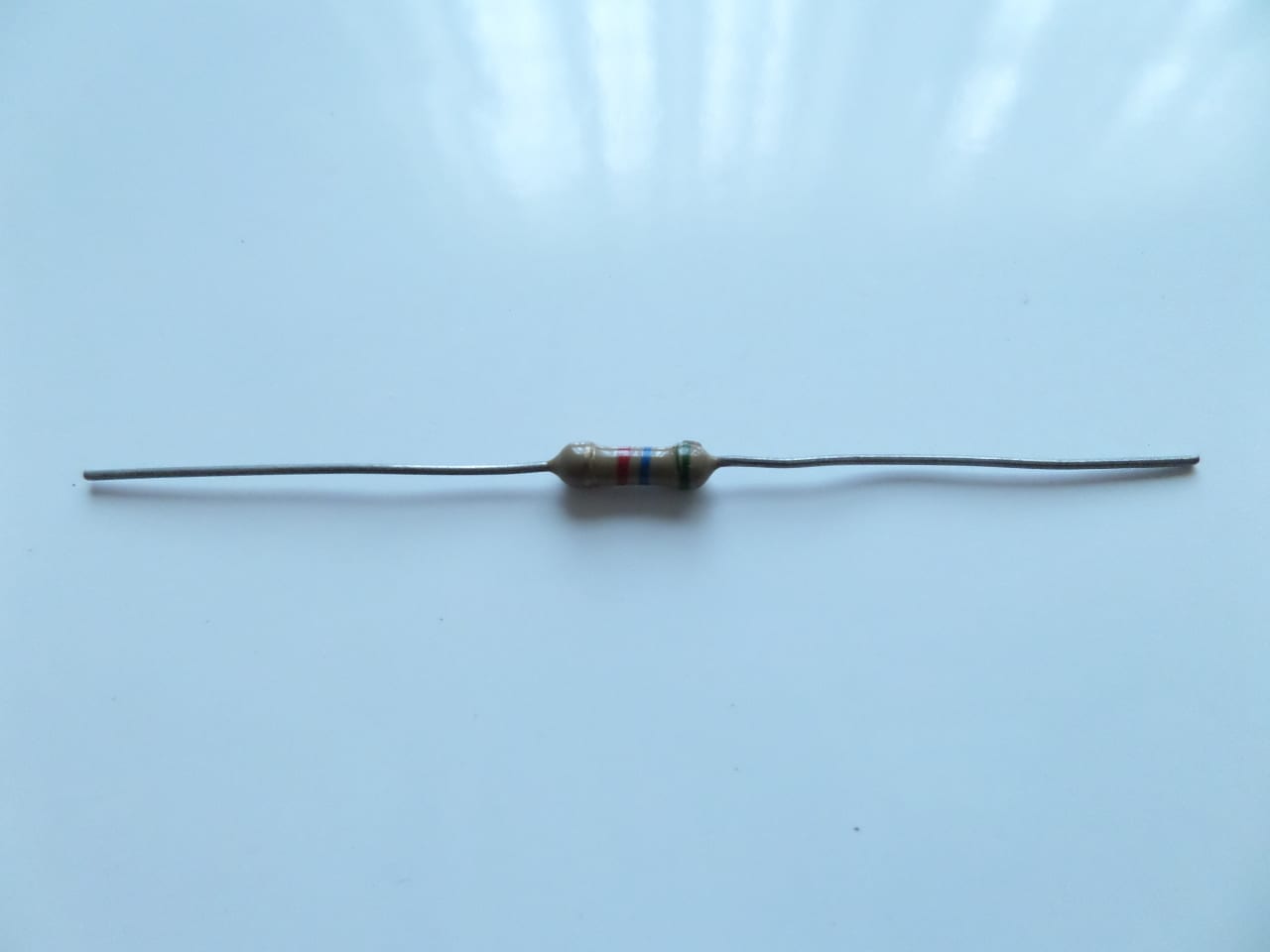What Exactly Is A Resistor?
A resistor is defined as an electronic device that impedes the flow of electric current through a circuit. A resistor’s two most important ratings are resistance (measured in ohms, denoted by the Ω symbol), and wattage. A resistor’s resistance rating is proportional to how much it restricts the flow of electric current.
If a resistance rating is too high, not enough current will flow, and if it is too low, too much current will pass through the circuit.
Fast facts about resistors:
Most of them are used to control the flow of small currents less than 1 Watt, hence the majority of them are very tiny (they usually have a 1/4 Watt to 1/4 Watt current handling capacity). They are often used to guard discrete electronic components from what is referred to as ‘overcurrent’.
Common uses of resistors:
- Limiting the base current flowing to bipolar junction transistors to control larger currents passing through transistors.
- Limiting the amount of current drawn from microcontroller GPIO pins in order to prevent overloading. Drawing more than 20 mA from microcontroller GPIO pins is generally not advised and could damage some of them. Resistors make this very easy.
- Resistors are frequently used to create voltage dividers for various circuits that operate using very small currents, for example: Analog-to-digital conversion circuits.
There are numerous different form factors for resistors (they come in various shapes and sizes), so some may resemble a bee’s abdomen, a white rectangular block, or a rectangular metal block. Frequently, larger resistors (5 Watts or more) resemble white blocks, and may have a rating printed on them, unlike smaller resistors that denote their ratings using a combination of coloured stripes.
Thermistors
Thermistors are temperature-sensitive resistors that increase their resistance significantly in proportion to their temperature. Thermistors come in two varieties: PTC and NTC. PTC means positive temperature coefficient, and NTC means negative temperature coefficient.
PTC thermistors increase their resistance if their temperature is increased, and decrease it if their temperature is decreased. One common use for PTC thermistors is high voltage protection for various devices, including multimeters. Higher voltages increase a PTC’s temperature, and therefore causes it to resist the flow of current further. This is due to the fact that it is electric current that shocks you, not voltage. Higher voltages induce larger currents.
NTC thermistors decrease their resistance if temperature increases, and increase their resistance as they get colder. A common use for NTC thermistors is temperature sensors. The voltage across a thermistor + analog to digital converter circuit is influenced by the thermistor’s resistance.
Therefore, such circuits are calibrated to calculate the temperature of the item the thermistor is attached to (which could also just be the ambient air) using that voltage.





